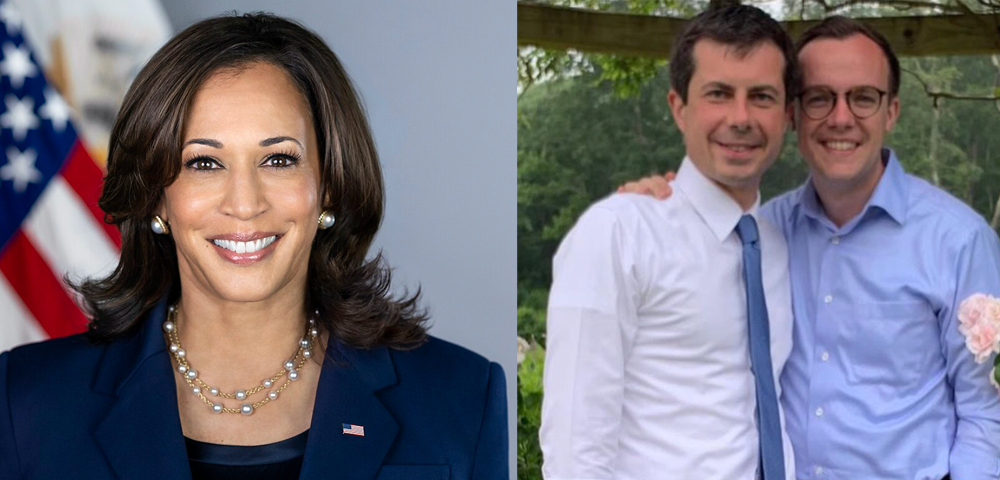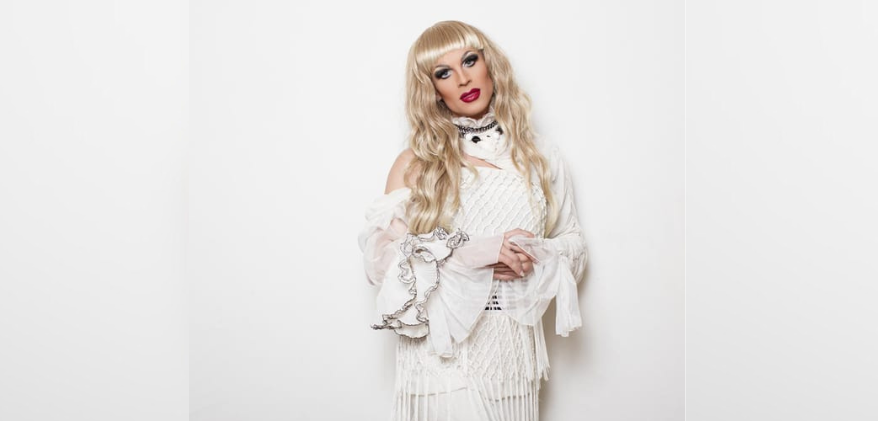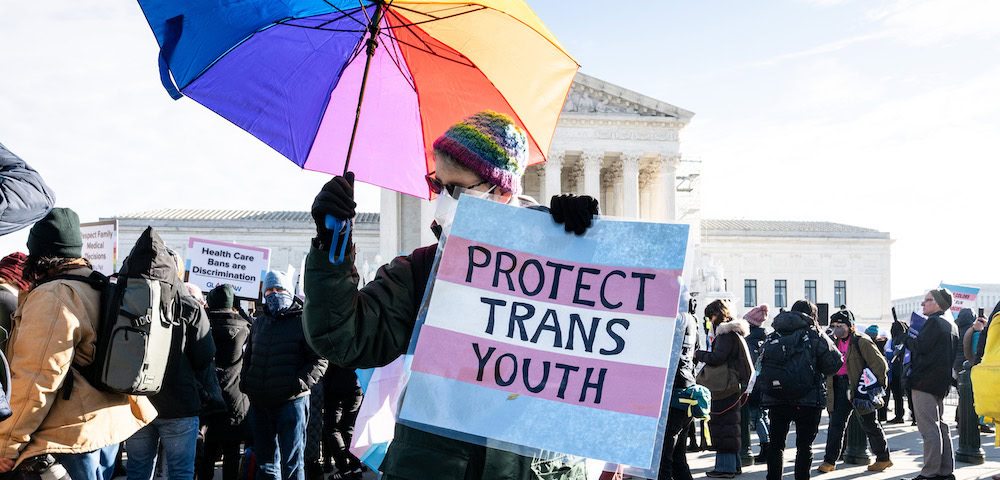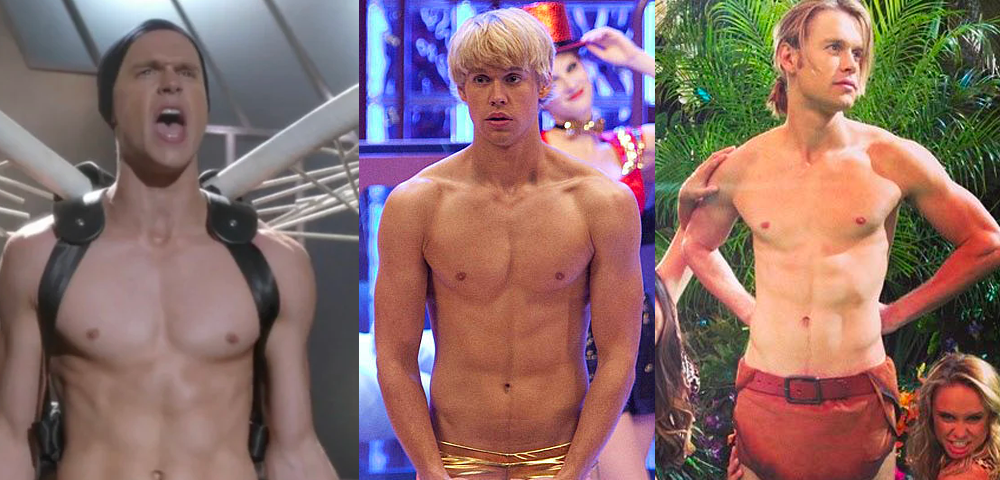
Studies Reveal The Extent Of Homophobia In Youth Sport
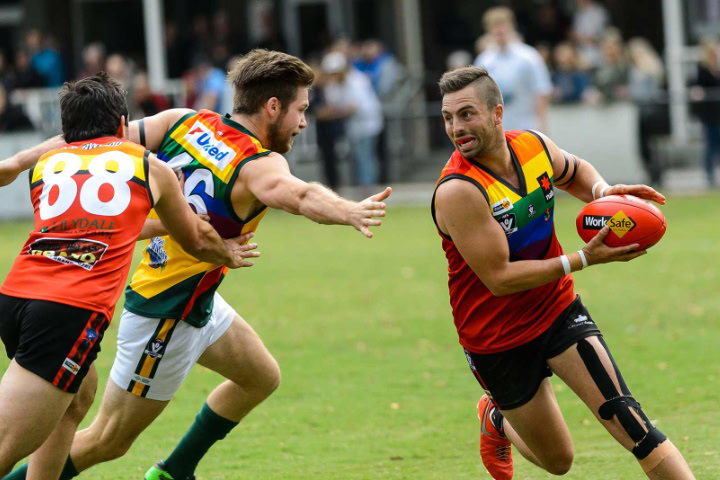
Two studies that were recently released in Melbourne, have tackled the reasons behind a lack of LGBTQI representation in professional sports. Both studies come at a time when the world’s highest-ranked sport industry journal is releasing a special issue of peer-reviewed papers, which have found LGBTQI issues in sport still largely go ignored by sport leaders.
The first, analysed responses from a large sample of 1173 LGBTQI young people aged 15–21 that are living in the USA, UK, Canada, Australia, NZ, and Ireland in order to determine if the invisibility of gay athletes in professional sports is due to their experiences in youth sport.
This was the first study of its kind to statistically investigate whether LGBTQI youth who come out are more or less likely to be a target of homophobic bullying, assaults, slurs, and other behaviours. It found that as little as 20% of LGBTQI youth were out to everyone on their team and overall, 52% of males and 36% of females reported they had been a target of this behaviour in team sports.
“Public attitudes toward gay people have improved dramatically in recent years and many people make assumptions that we have also seen rapid changes to sporting culture,” said Erik Denison, from the School of Social Sciences. “Whenever gay athletes come out, commentators suggest it is just a matter of time before others follow. They don’t seem to realise people have been saying that in Australia for a quarter century, since Ian Roberts came out in the NRL.”
These studies come at a time when there are currently only three openly gay or bisexual male athletes playing professional sport in the world (one in the USA).
“These findings are very concerning, because being the target of homophobic language is harmful to LGBTQI youth and it increases their risk of suicide and self-harm. We hoped those who came out would report less homophobic behaviour, because everyone around them decided to be respectful and control normal behaviours. We also didn’t expect that so many young people would report being the target of behaviours that included slurs, bullying, assaults, and derogatory jokes,” Denison adds.
The second study was undertaken to investigate why teenage and adult male athletes use homophobic language in sport and was conducted in 2018 with six teenage male rugby union teams (97 players, aged 16-18) playing in South Australia, and an international sample of elite ice hockey players from all eight Australian Ice Hockey League teams (148 players, aged 16-31). It found that (53.8%) self-reported using homophobic slurs in the previous two weeks and almost (69%) reported their teammates had used this language;
“If LGBTQI youth hear homophobic slurs being used by their teammates, it is understandable why they would think this language is motivated by prejudice and feel the need to hide their sexuality or leave sports. Sports organisations typically also assume this language is driven by prejudice, which is why almost all education campaigns focus on ‘tackling homophobia.’ However, these approaches are clearly not working. Homophobic language remains common and gay people remain invisible,” said Denison.
One person who knows all too well the damaging effects of homophobic language and behaviour in professional sports is former Wallaby Dan Palmer, who in an emotional opinion piece earlier this year, found the courage to share his personal story, and in turn inspire courage in so many more.
“Homophobic language is often used as banter or to get a laugh in team environments. It is important to understand the impact such language can have, especially on younger people trying to find their way,” Palmer explained. “Homophobic language further isolates closeted teammates and signals to aspiring gay athletes that they will not be accepted. Most people don’t like homophobic language, it is both uncomfortable to use and to hear, so with some effort and focus I think we can stop this behaviour quickly.
“From my experience, the most effective way to transform behaviour in a team environment is for the leaders within the team to model the desired behaviour. Captains and coaches need to stop accepting homophobic slurs and work to create an environment that people want to be a part of.”
Palmer added that young people who are playing sport now but are struggling with their sexuality should know “you aren’t alone, although it may feel that way a lot of the time.
“Coming out is a very personal journey and everyone’s situation is different, but if you have someone you can trust, I’d recommend talking about it. It took me a long time before I was comfortable enough to tell anybody, but by telling a single person, I removed the weight I was carrying my whole life and finally had someone in my corner. This made a world of difference to me.”
The studies made several key recommendations for sport organisations including that their approach in male sport needs to focus on shifting norms, through education about the specific words or behaviours that need to stop and why. It also recommended that professional teams/leagues should stop focusing only on hosting pride games, but instead they should focus on supporting the adoption of pride games by all local amateur teams.
Both studies also found that athletes on teams that host pride games use 40-50% less homophobic language whereas watching or attending a professional pride game does not change behaviours. Lastly, it recommended that team captains should also be trained to set new standards of behaviour.




